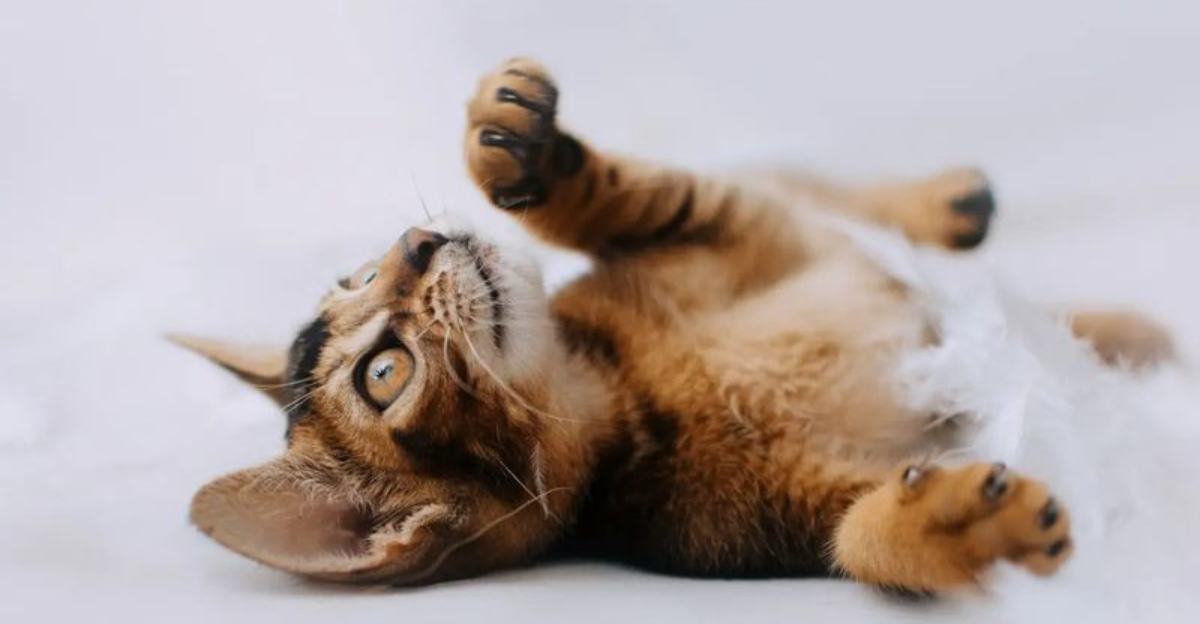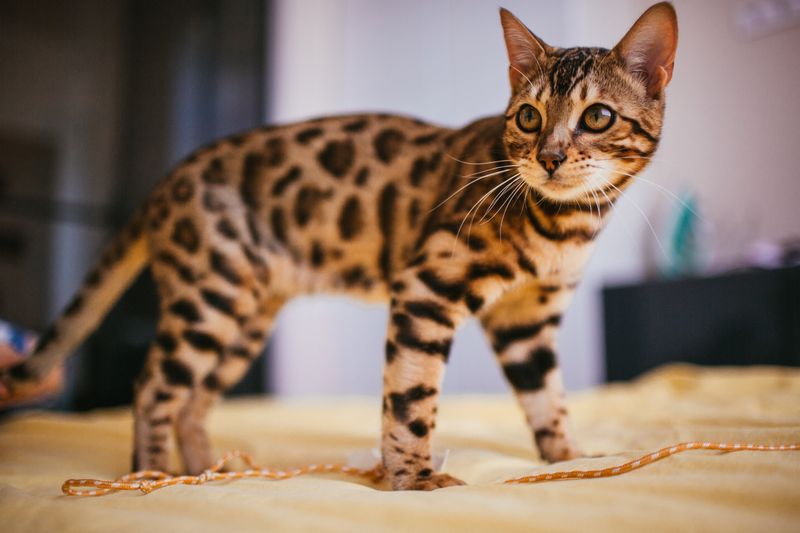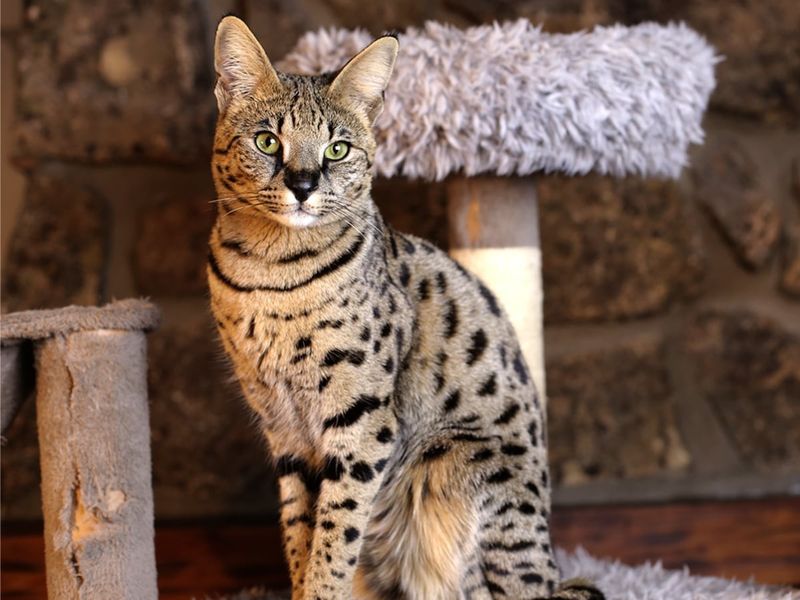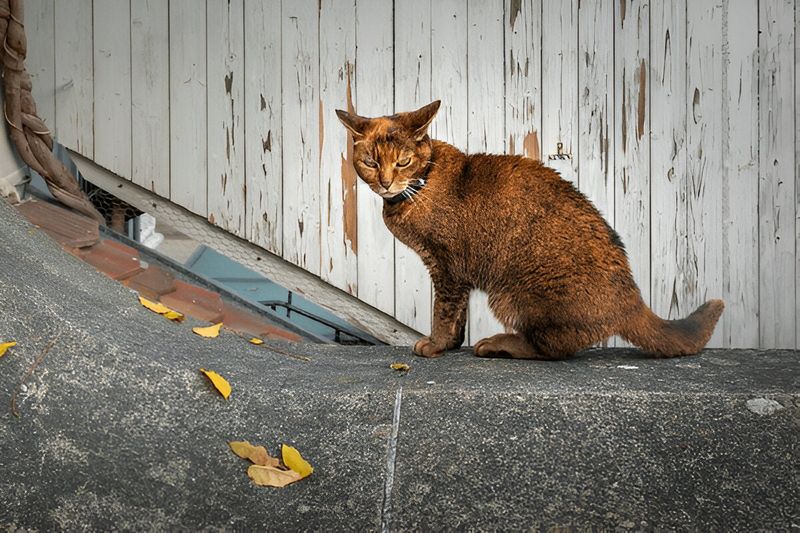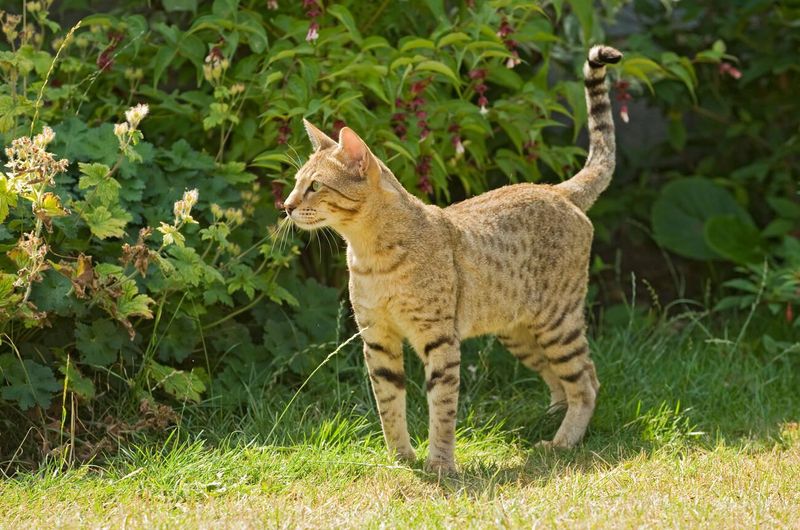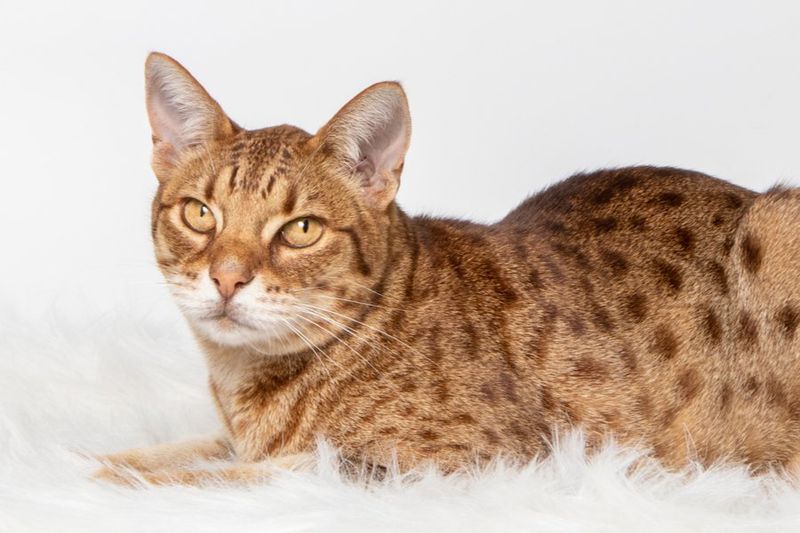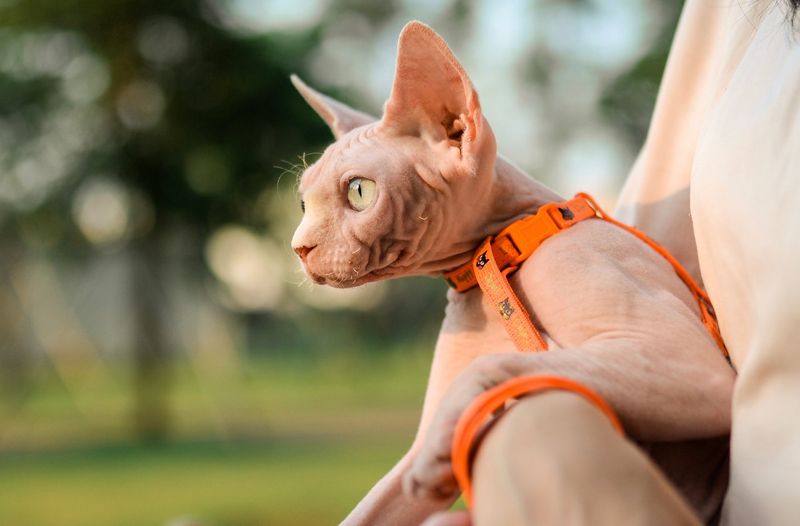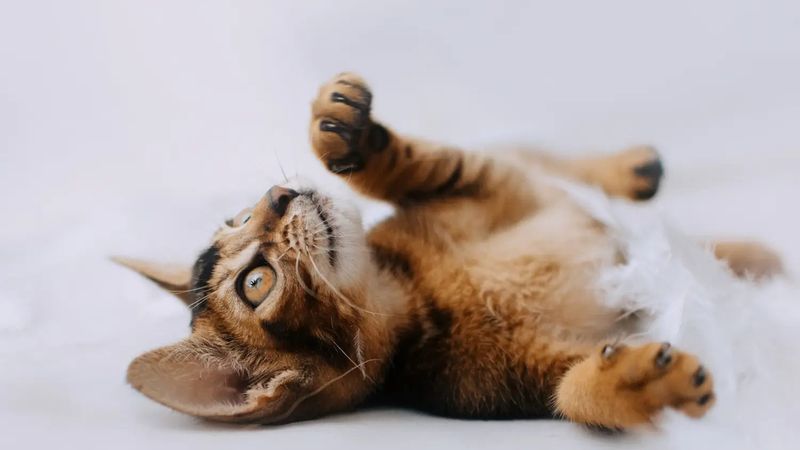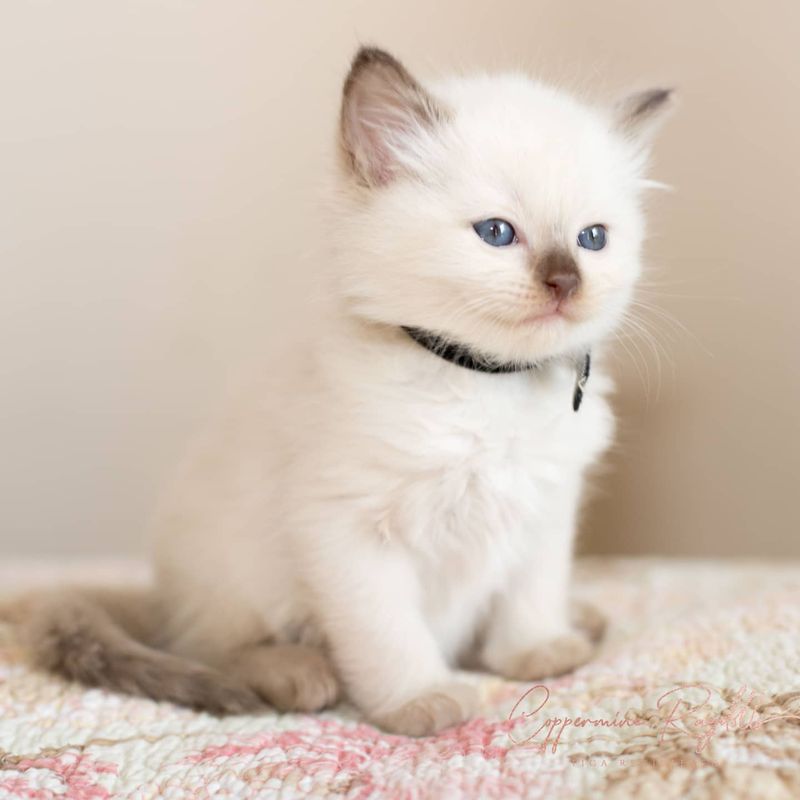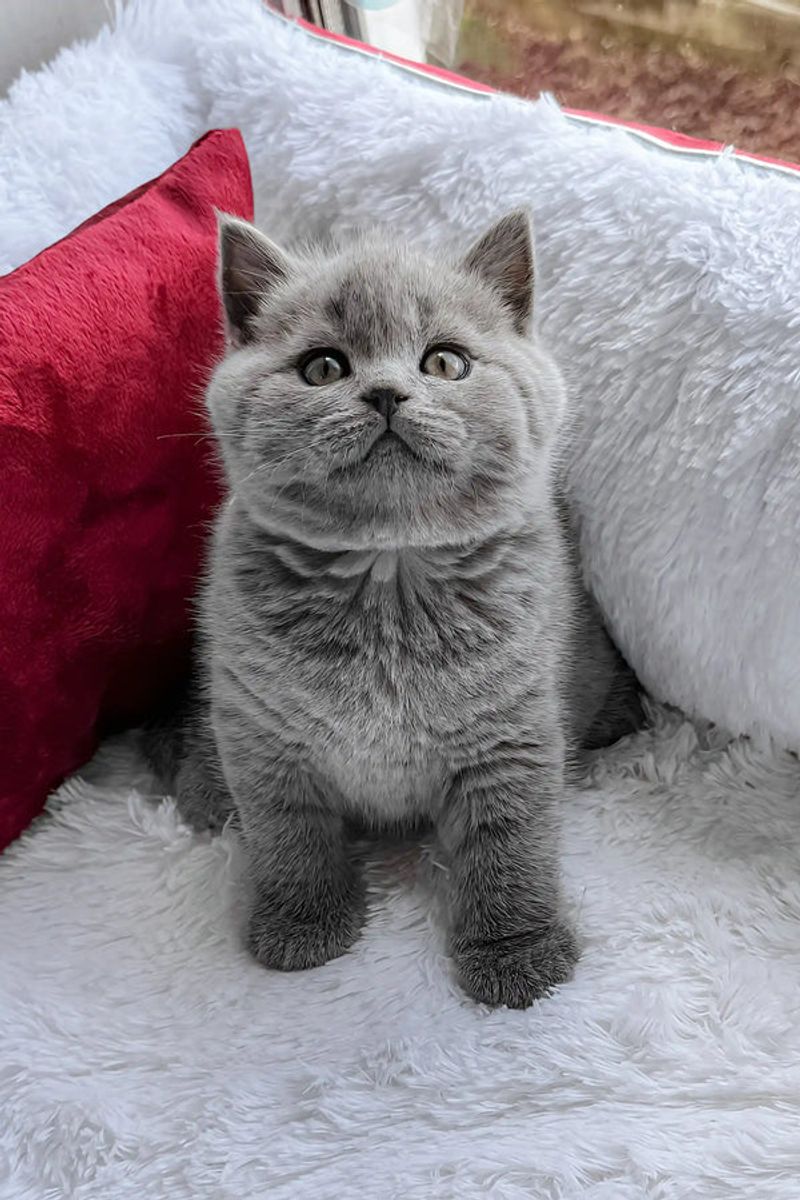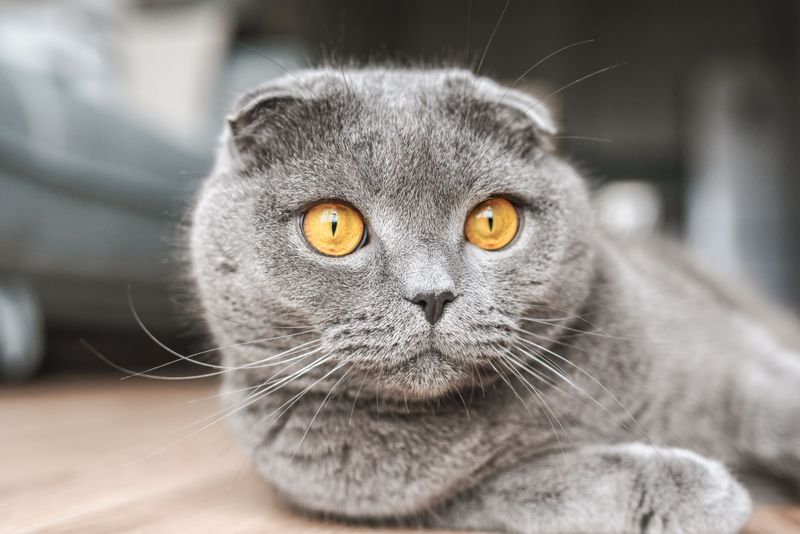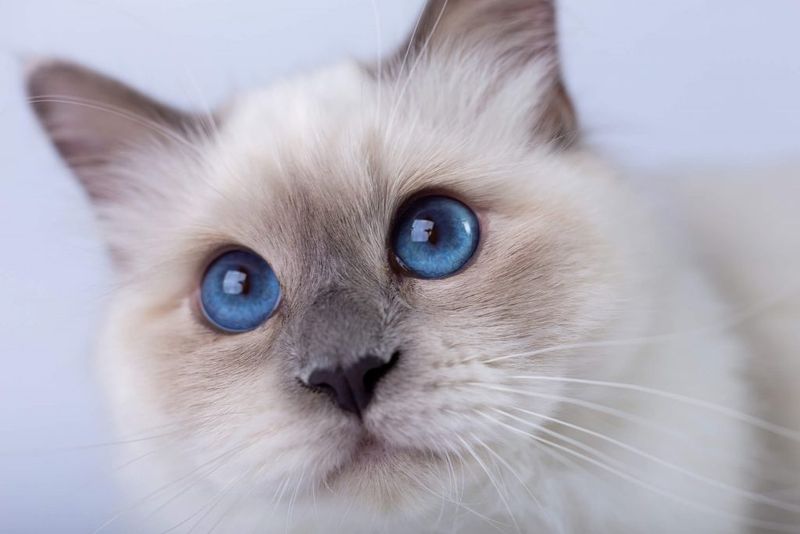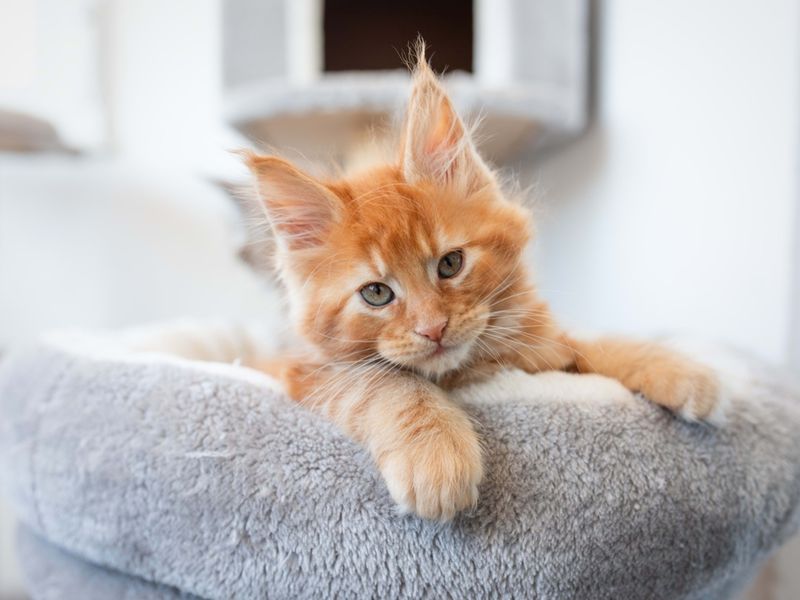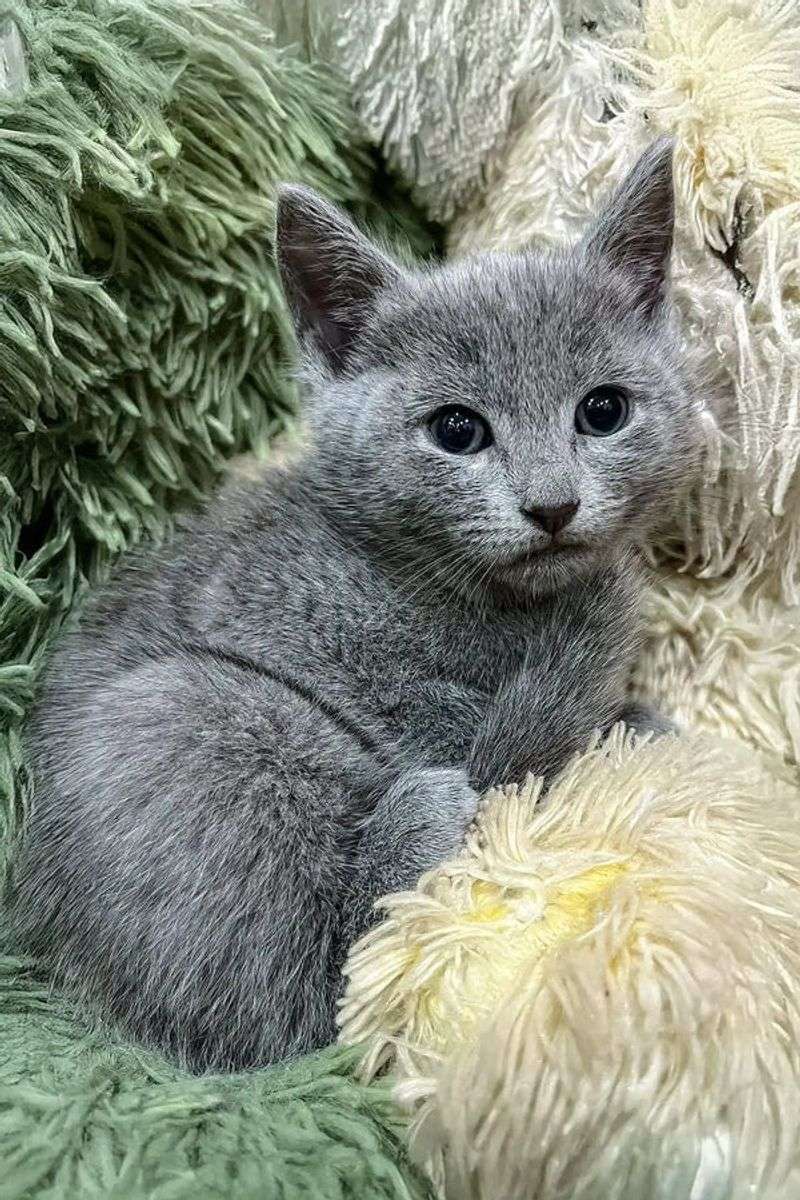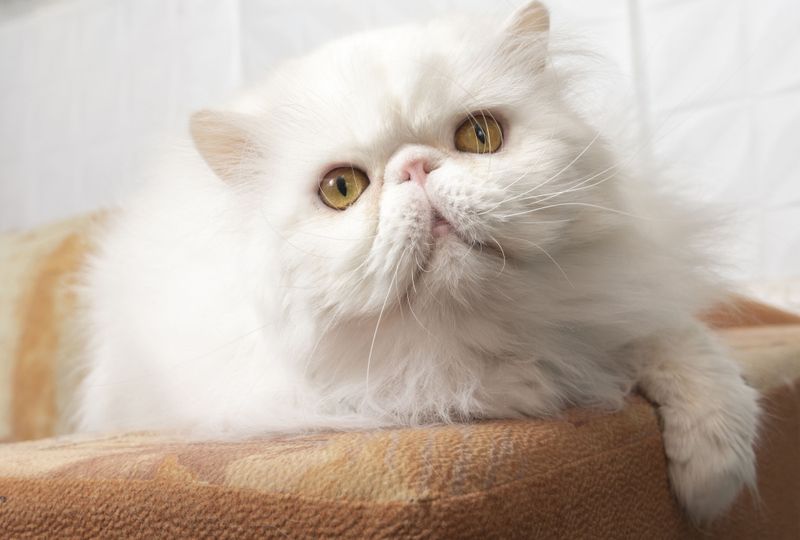📖 Table of Content:
Choosing the right cat for your home means finding a personality that matches your lifestyle. Some cat breeds have wild energy and need lots of attention, while others are calm and easy to care for. Understanding these differences can save you from bringing home a feline friend who’s too much to handle – or help you find the perfect match for your peaceful home.
1. Bengal
Bengals are mini leopards in both looks and behavior. Their spotted coats come from Asian leopard cat ancestry, giving them not just wild markings but wild personalities too. Always on the move, Bengals climb everything in sight and can even learn to turn on faucets due to their fascination with water. They need tons of playtime, puzzle toys, and climbing spaces.
Owners often describe living with a Bengal as having a permanent toddler – intelligent, mischievous, and constantly testing boundaries. Without proper stimulation, they’ll create their own entertainment by reorganizing your shelves or hunting household items.
2. Savannah
Descended from African servals, Savannah cats carry their wild heritage in their striking looks and high energy. They stand tall with long legs and big pointed ears, making them one of the largest house cats. Able to jump as high as 8 feet, they can easily reach countertops and shelves.
Their intelligence means they quickly figure out door handles, cabinets, and refrigerators. Savannah cats bond deeply with their humans but require experienced owners who understand their need for mental challenges and physical exercise. First-time cat owners often find themselves overwhelmed by a Savannah’s demands and untamable spirit.
3. Chausie
With a blend of jungle wildness and domestic loyalty, Chausies are both energetic and loving pets. Their powerful bodies let them jump far and sprint fast through any space.
Originally bred from jungle cats and Abyssinians, Chausies retain their hunting instincts and need substantial daily play sessions. They’re known for their dog-like loyalty but wild cat energy levels. Many owners install cat wheels and build elaborate climbing structures to satisfy their Chausie’s need for movement. Without proper outlets, these cats may develop destructive behaviors or become vocal and frustrated, making them unsuitable for apartment living or families seeking a relaxed pet.
4. Serengeti
Though Serengetis resemble cats from the African savanna, their wild appearance masks an even more energetic personality. A mix of Bengals and Oriental Shorthairs, they inherit boundless energy and love to sprint around, jump from furniture, and loudly share their opinions.
Their slender bodies and long legs make them exceptional jumpers who can reach the top of any bookcase. Serengetis form strong bonds with their humans but demand constant interaction and play. They’re not content to lounge around – they want to be involved in everything you do, making them exhausting companions for those seeking a low-maintenance pet.
5. Ocicat
Ocicats trick many people with their wild spotted appearance, but their personality can be just as deceiving. Despite having no actual wild blood, these cats display surprising intensity and energy that overwhelms unprepared owners. Smart and agile, Ocicats need daily mental and physical challenges to prevent boredom.
They excel at learning tricks and can even master complex puzzles, but this intelligence means they’ll find ways to create chaos when understimulated. These social felines demand attention and don’t do well when left alone for long periods. Their powerful hunting instincts make them enthusiastic players who don’t always recognize when playtime gets too rough, sometimes resulting in accidental scratches during their high-energy games.
6. Sphynx
Don’t be fooled by the Sphynx’s hairless look — these cats are bundles of wild energy and playful mischief. With their acrobatic moves and agile climbing, they treat your home like a jungle gym, launching off furniture, swinging from curtains, and inspecting every drawer and cabinet.
Beyond their physical demands, Sphynx cats require special care, including regular bathing to remove skin oils and protection from sunburn and cold. Their neediness extends to constant attention – they’ll follow you everywhere, sleep under your covers, and demand to be the center of your world, making them too intense for many households.
7. Abyssinian
Forget calm and quiet—Abyssinians stay energetic and lively like kittens throughout their lives, making it tough to get a long cuddle.
Natural athletes with powerful hind legs, Abys can leap onto the highest shelves in your home. They’re notorious for rearranging knick-knacks, knocking over plants, and finding creative ways to test gravity with your belongings. While affectionate, these cats show love through playful interaction rather than lap time. Their intelligence demands environmental enrichment through toys, climbing structures, and puzzle feeders. Many Abyssinian owners find themselves exhausted trying to keep up with their cat’s endless curiosity and need for stimulation.
1. Ragdoll
Named for their tendency to go floppy when held, Ragdolls are natural cuddlers. With their plush semi-long fur, striking blue eyes, and calm demeanor, they’re the perfect chill companions—more likely to lounge on the sofa than chase after curtains.
They follow their humans from room to room but won’t demand constant play or attention. Perfect for busy families, these cats adapt well to children and other pets with their patient, unflappable nature. Ragdolls rarely show stress responses like hiding or aggression, instead maintaining their signature relaxed demeanor even during household changes or visits from strangers.
2. British Shorthair
British Shorthairs bring teddy bear charm with their plush coats and round faces. These sturdy cats move through life at their own relaxed pace, rarely getting worked up about anything. Independence defines the British Shorthair personality. They enjoy company but don’t need constant attention, making them ideal for working professionals.
When you’re busy, they’ll contentedly nap in a sunny spot without demanding play. These cats rarely climb curtains or jump on counters, preferring to keep all four paws on the ground. Their calm, unflappable nature means they handle visitors, noise, and household changes with remarkable composure, simply observing the commotion from a comfortable distance rather than hiding or showing stress.
3. Scottish Fold
With their cute folded ears and gentle expressions, Scottish Folds easily win hearts. They’re known for their balanced, adaptable nature that suits a variety of homes perfectly.
Neither hyperactive nor completely lazy, Folds enjoy interactive play but know when to settle down. They form strong bonds with their humans but won’t follow you desperately from room to room or demand constant attention. Scottish Folds adapt beautifully to different living situations, from apartments to houses with children and other pets. Their moderate energy levels mean they’re playful when engaged but perfectly content to watch the world go by from a comfortable perch when you’re busy, making them stress-free companions.
4. Birman
Elegant and calm, Birmans sport silky color-point fur, white gloved paws, and striking blue eyes. Called the “Sacred Cat of Burma,” these cats carry themselves with dignity, preferring soft chirps and gentle play to loud meows and high-energy antics.
Birmans offer affection without neediness, happily sitting beside you rather than on you. Their adaptable nature means they handle schedule changes, visitors, and even moves with minimal stress. Many owners appreciate how Birmans maintain a kitten-like playfulness into adulthood without the exhausting energy levels of more demanding breeds.
5. Maine Coon
Big in size but soft at heart, Maine Coons often weigh between 15 and 25 pounds. These gentle giants carefully navigate their home, bringing a calm and laid-back presence that fits well with families. When faced with stress, they’re more likely to investigate than to get scared.
They enjoy interactive play but don’t demand it constantly. These cats mature slowly, reaching full size around age four, and maintain a playful but controlled energy throughout life. Their intelligence shows in problem-solving abilities rather than mischief-making. Many owners describe Maine Coons as having dog-like loyalty without the neediness, creating a perfect balance of companionship and independence.
6. Russian Blue
Known for their reserved but affectionate temperament, Russian Blues offer a perfect blend of love and independence. Their soft silvery-blue coats and vivid green eyes make them striking companions.
These cats form deep bonds with their humans but don’t demand constant attention. When you’re busy, a Russian Blue will quietly entertain itself or nap contentedly until you’re available again. Naturally clean and quiet, Russian Blues rarely create household disruptions. They adapt well to apartment living and regular routines, showing minimal stress when left alone during work hours. Their gentle temperament extends to careful play that rarely results in scratched furniture or knocked-over items, making them ideal for those seeking peace and tranquility.
7. Persian
Known for their flat faces and luxurious long fur, Persians are champions of relaxation. They prefer lounging quietly over running or climbing, thriving in calm, gentle environments that match their serene personalities.
Short play sessions satisfy their minimal exercise needs. Their soft, melodious voices are used sparingly, usually to politely request meals or attention. While Persians require daily grooming to maintain their beautiful coats, they reward owners with unwavering serenity during grooming sessions. Many Persian owners appreciate how these cats create a peaceful atmosphere in the home with their quiet, undemanding presence.
